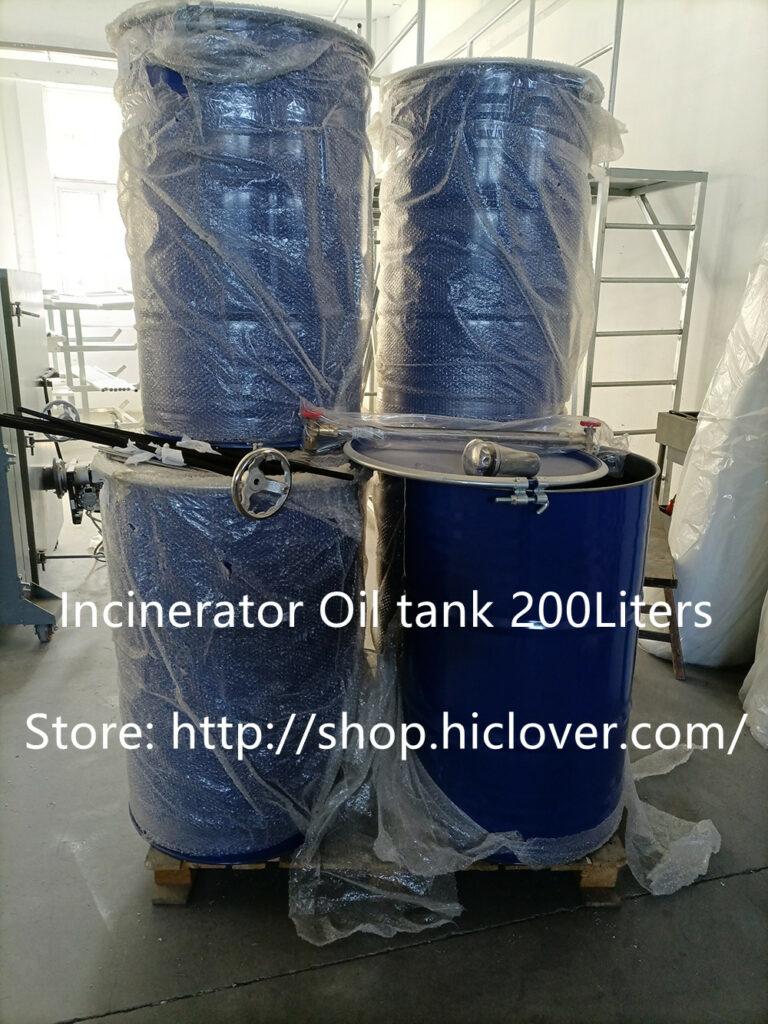Menstrual waste management is a critical issue that affects women and girls around the world. Improper disposal of sanitary pads and other menstrual waste can have serious health and environmental consequences. In many communities, menstrual waste is simply thrown in the trash or disposed of in open areas, leading to the spread of disease and pollution of water sources. As such, it is crucial to find effective and sustainable solutions for managing menstrual waste.
One promising solution for addressing menstrual waste management is the use of sanitary pad incinerators. These incinerators are specifically designed to safely and efficiently burn sanitary pads, eliminating the need for traditional disposal methods that can have harmful impacts on the environment and public health.
Sanitary pad incinerators are designed to operate at high temperatures, effectively reducing the sanitary pads to ash. This process not only eliminates the need for landfill space, but also reduces the potential for the spread of disease-causing pathogens and harmful chemicals.
In addition to being a safe and efficient method for managing menstrual waste, sanitary pad incinerators also offer a number of other important benefits. For example, these incinerators can provide a source of clean energy through the production of heat and electricity. This can be particularly beneficial in communities where access to reliable energy sources is limited.
Furthermore, the use of sanitary pad incinerators can also contribute to the reduction of greenhouse gas emissions. By effectively incinerating menstrual waste, these incinerators prevent the release of methane and other harmful gases that would otherwise be produced from the decomposition of sanitary pads in landfills.
In many developing countries, the lack of proper menstrual waste management infrastructure is a major barrier to women and girls accessing and using sanitary pads. In these communities, the presence of sanitary pad incinerators can help to address this issue by providing a safe and environmentally friendly means of disposing of menstrual waste. This, in turn, can contribute to improved menstrual hygiene practices and overall health outcomes for women and girls.
However, it is important to note that the successful implementation of sanitary pad incinerators requires careful planning and consideration of local factors such as infrastructure, cultural practices, and the availability of resources. For example, efforts should be made to ensure that the operation of incinerators does not pose a risk to public health or the environment, and that proper training and maintenance of the incinerators takes place.
In conclusion, addressing menstrual waste management is a critical aspect of promoting menstrual hygiene and women’s health. Sanitary pad incinerators offer a promising solution for managing menstrual waste in a safe, efficient, and environmentally friendly manner. By implementing and supporting the use of sanitary pad incinerators, communities can take important steps towards improving menstrual hygiene practices and ensuring the well-being of women and girls.



